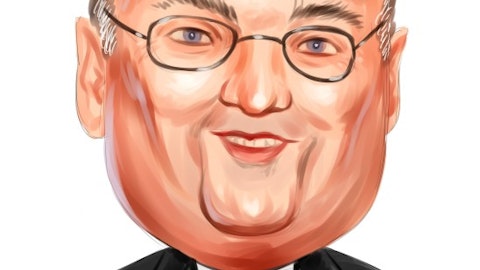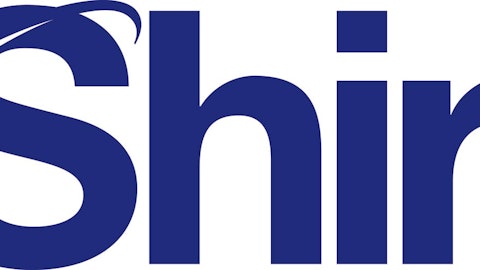Sometimes, though, there is a funding subsidy
After establishing that the biggest banks are operating at a disadvantage to smaller institutions, the report seems to go on to note that, in fact, big banks do receive a funding advantage, the reasons being that big banks issue bonds more frequently, and these bonds are more liquid than competitors’.
In addition, Goldman Sachs Group, Inc. (NYSE:GS)’s report points out that this scenario is not specific to banks, and that other large companies enjoy a funding advantage over smaller entities, as well — to the tune of 43bps since 1999, compared to the big banks’ measly 31bps.
What are we to believe?
So, who is right — Bloomberg or Goldman? I don’t profess to know for sure, but an article in Bloomberg regarding this report did note that the Independent Community Bankers of America cited only one other report that supported Goldman’s thesis, and 14 that did not — which seems like a lot. Oh, and the one that supported Goldman’s view was written by JPMorgan Chase & Co. (NYSE:JPM).
Aside from the issue that the IMF report that Bloomberg used took a global view, and Goldman’s looked specifically at U.S. banks, there still seem to be some questionable conclusions in the latter document. After all, the study did admit to a big-bank subsidy for many years, just not as robust as that put forth by Bloomberg.
Strangely, though, that subsidy seemingly disappeared, according to Goldman, around 2012 — the year the IMF report came out, and Bloomberg ran with it. Also, the notion that investors suddenly stopped expecting government intervention if big banks ran into trouble — supposedly because of new regulations last year regarding orderly dissolution of such institutions — seems far-fetched. Indeed, the “living wills” that banks turned in last year were only recently characterized by the president of the Richmond Federal Reserve Bank as the first steps in the process.
And, anyway, what if these concerns really did recede in 2012? Why is there now such a disadvantage for the big banks? Surely, the liquidity and frequency of bond issuance still hold, and the fact that smaller banks can use cheap deposits to fund their own bonds shouldn’t have changed in the past year or so, either — not that Goldman puts any numbers to this perceived small-bank advantage. All in all, there doesn’t seem to be enough evidence to explain how a subsidy of $32.2 billion could, quite suddenly, become a penalty of $10 billion.
Summing up, the report calls for an end to taxpayer bailouts, and praises and encourages reforms such as the orderly resolution of failing banks by placing the onus on the institution’s stock and bond holders. That part, at least, I’m sure everyone can agree on.
*83/.8% = 10,375; 10,375 x .31% = 32.2
The article Goldman Sachs Sets Everyone Straight on the TBTF Subsidy originally appeared on Fool.com.
Fool contributor Amanda Alix has no position in any stocks mentioned. The Motley Fool recommends Goldman Sachs and Wells Fargo. The Motley Fool owns shares of Bank of America, Citigroup, JPMorgan Chase, and Wells Fargo.
Copyright © 1995 – 2013 The Motley Fool, LLC. All rights reserved. The Motley Fool has a disclosure policy.

